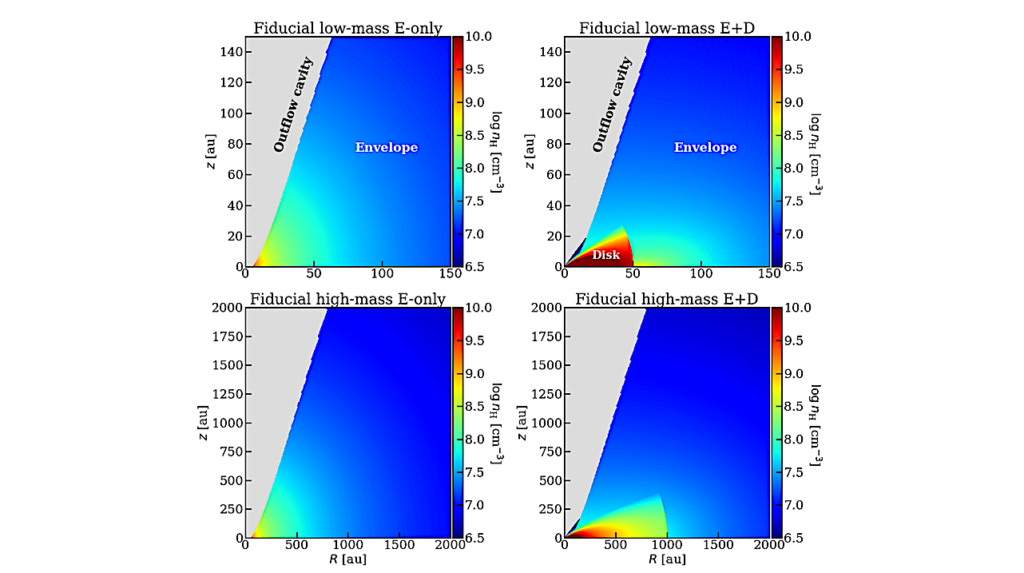Mass-Metallicity Trends in Transiting Exoplanets from Atmospheric Abundances of H2O, Na, and K

Atmospheric compositions can provide powerful diagnostics of formation and migration histories of planetary systems.
We investigate constraints on atmospheric abundances of H2O, Na, and K, in a sample of transiting exoplanets using latest transmission spectra and new H2 broadened opacities of Na and K. Our sample of 19 exoplanets spans from cool mini-Neptunes to hot Jupiters, with equilibrium temperatures between ∼300 and 2700 K. Using homogeneous Bayesian retrievals we report atmospheric abundances of Na, K, and H2O, and their detection significances, confirming 6 planets with strong Na detections, 6 with K, and 14 with H2O.
We find a mass-metallicity trend of increasing H2O abundances with decreasing mass, spanning generally substellar values for gas giants and stellar/superstellar for Neptunes and mini-Neptunes. However, the overall trend in H2O abundances, from mini-Neptunes to hot Jupiters, is significantly lower than the mass-metallicity relation for carbon in the solar system giant planets and similar predictions for exoplanets.
On the other hand, the Na and K abundances for the gas giants are stellar or superstellar, consistent with each other, and generally consistent with the solar system metallicity trend. The H2O abundances in hot gas giants are likely due to low oxygen abundances relative to other elements rather than low overall metallicities, and provide new constraints on their formation mechanisms. The differing trends in the abundances of species argue against the use of chemical equilibrium models with metallicity as one free parameter in atmospheric retrievals, as different elements can be differently enhanced.
Luis Welbanks, Nikku Madhusudhan, Nicole F. Allard, Ivan Hubeny, Fernand Spiegelman, Thierry Leininger
(Submitted on 10 Dec 2019)
Comments: Accepted for publication in The Astrophysical Journal Letters
Subjects: Earth and Planetary Astrophysics (astro-ph.EP); Solar and Stellar Astrophysics (astro-ph.SR)
Cite as: arXiv:1912.04904 [astro-ph.EP] (or arXiv:1912.04904v1 [astro-ph.EP] for this version)
Submission history
From: Luis Welbanks
[v1] Tue, 10 Dec 2019 19:00:00 UTC (4,368 KB)
https://arxiv.org/abs/1912.04904
Astrobiology, Astrochemistry








